Americans think they know cars and motorcycles. Sure we do. Why wouldn’t we? When you’re the land that gave the world the Shelby Mustang, Dodge Charger, and Harley-Davidson, it’s easy to get a little cocky about your place in automotive history.
But let’s think seriously here for a second, if you’re going to pick a place to visit as the “Land of Motors,” the Mecca of Automobiles, are you going to prefer to book a flight to cold, industrial Detroit or to the warm foothills of the Italian motor Valley, through Italy’s Emilia Romagna region, and trek through the Apennine mountains? Are you not convinced?
What if I told you you could take a trek through the Ducati factory and museum to watch the bikes being built just miles outside Bologna, an Italian city best known for the oldest western university which means a fun student population with active nightlife centered around terracotta-roofed buildings and porticos?
Yeah, I thought that would get your attention.
Most people start their adventures in the Italian motor valley by touring through Modena, birthplace of genius engineer Enzo Ferrari, and home to the Ferrari museum (Museo Casa Ferrari). Although the yellow futuristic museum looks out of place in a historic city like Modena, it’s just feet from the Ferrari’s home.
The museum boasts over 40 vintage cars and is constantly rotating exhibitions, so there’s never a trip to the same museum twice. There’s also a wing dedicated to Formula One racing and its history, featuring the helmets, gloves, shoes, and cars of dozens of champions past. I’m not sure who the gloves and shoes are supposed to appeal to, but I guess a museum consisting of nothing but cars would just be called “a garage.”
But the yellow color does make sense as it’s the color Ferrari chose himself to represent the prancing horse from the world-famous Ferrari logo.
However, you might want to hijack a Ferrari F430 from one of the nearby racetracks to cruise over to the official Ferrari Museum in Maranello.
Photo courtesy of Dave Bouskill of ThePlanetD
It “offers an amazing insight into the world of Ferrari, where the classic cars and history are a pretext for getting to know today’s models and their Formula One content and technology. As well as important, memorable cars, this insight comes in the form of big screens and videos, the possibility to become a Formula 1 driver on board a semi-professional simulator, and an extensive range of publications and memorabilia of the marque’s history.” – via Official Ferrari Museum in Maranello
But the Italian motor valley doesn’t stop there. It’s also home to Maserati, Lamborghini, and other companies that end with the letter “I” and build high-speed machines. If you prefer your speed on two wheels instead of four, you need to stop in Bologna for a tour of the Ducati factory and museum.
While visiting the Ducati factory with the BlogVille project, I found myself behind the scenes with a dozen other moto enthusiasts. Just a seven-minute train ride from Bologna’s train station and a short walk, I arrived at Grazie Carlos’s sight adorning the wall of the original Ducati factory.
Here I stepped inside the Ducati premises to hang out with 500 mechanics and engineers, all at least partially clad in the iconic red, as they crank out up to 200 of the fastest machines on the road every day. It is the real deal.
I constantly shuffled my feet away from rolling forklifts, mechanics running around with espressos, and brainy-looking engineers entering heavily guarded rooms where the research and development were conducted.
Walking around the facility led by my female guide, I felt trapped inside the most glorious IKEA-like facility where both men and women workers shopped for specific parts to assemble like a pack of elves.
It’s a motorcycle fan’s dream to look at these machines being born and even take a history lesson as they walk through the halls detailing the company’s culture, both past, and present. Unfortunately, much like Willy Wonka’s factory, the secret development lab is off-limits, and there’s no touching the merchandise. This walk through the factory convinced me that Bologna is the kind of Italian motor valley city that appeals to the distinguished traveler, warm and authentic without the commercialized feel of many more touristy cities and museums.
Ducati and Ferrari aren’t the only companies that make their home in the Italian Motor Valley. You can also visit the places where Lamborghini’s and Maseratis are made.
Maserati, unfortunately, only lets people who own Maseratis tour their factory, but you can still visit the showroom floor and see exciting new models in the Museo Panini just outside Modena. I understand the reasons for keeping the factory tour an exclusive secret, but honestly if you’re a Maserati owner, why would you ever want to do anything but drive a Maserati for the rest of your life. It’s like getting your girlfriend breast implants, then going to a silicone plant.
Like Ducati, you can also do an on-site factory tour of the Lamborghini plant in Sant’Agata Bolognese. However, while no two auto manufacturers are alike, I prefer to describe one of the most fascinating events to hit Emilia Romagna in recent years. The Lamborghini 50th Anniversary took place in Bologna during May, 2013.
The fascinating news was revealed with the surprise debut of a one-off car called the “Egoista,” built to resemble Apache attack helicopters with a 600-HP V-10 engine.
But precluding this announcement, a convoy of around 350 private Lamborghini automobiles and their owners took the most epic road trip from Milan to the party in Bologna.
I attended the final event on a bright Saturday afternoon in the center of Bologna at Piazza Maggiore to chat with the participants of the Grand Tour and see their cars up close at the ‘Concorso di Eleganza Lamborghini 50° Anniversario’. This is now the biggest gathering of Lamborghinis ever. It is here where judges are checking out each car to award various prizes for many categories while thousands of fans are gathered outside the plaza, snapping photos as best as possible.
One of the many highlights is one of the more well-known test drivers, Valentino Balboni, driving only one of the two 350 GT convertibles ever made to the stage.
I watched all of this from upfront, to the side, and even above atop a castle with the perfect birds-eye view of some of the most beautiful cars ever made. This is only a small representation of what the Italian Motor Valley is.
These exciting places are available in the small section of Italy between Bologna and Modena and all their outlying hamlets. If you get up early enough, and if your car is fast enough, you could probably tour through the Italian Motor Valley in about a day, which makes it the perfect destination for taking some time off from your traveling buddies who might not own all seasons of Top Gear on Blu-Ray.
The Italian Motor Valley is a testament to the power of human ingenuity and it’s incredible to think that so many ideas and innovations came from such a small area. It’s incredibly humbling and inspiring. Enzo Ferrari himself once said, “If you can dream it, you can do it,” and a day trip through the Italian Motor Valley is enough to convince even the biggest cynic that it’s true.
Note: My trip to the Motor Valley was provided complimentary in collaboration with Blogville and the Emilia-Romagna Region Tourist Authority . Opinions expressed above are my own.
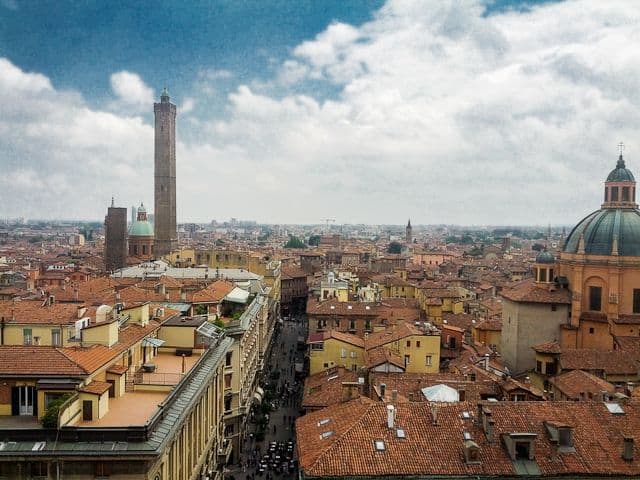
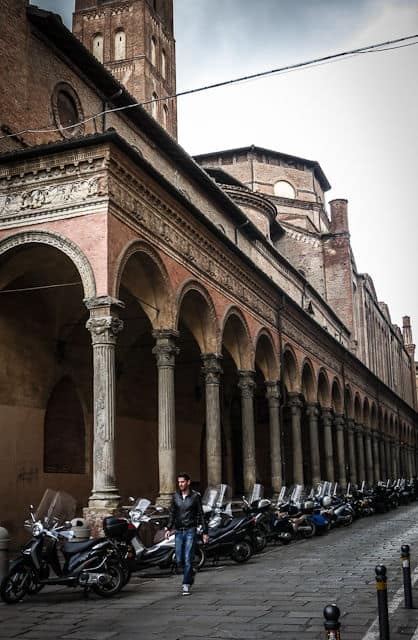
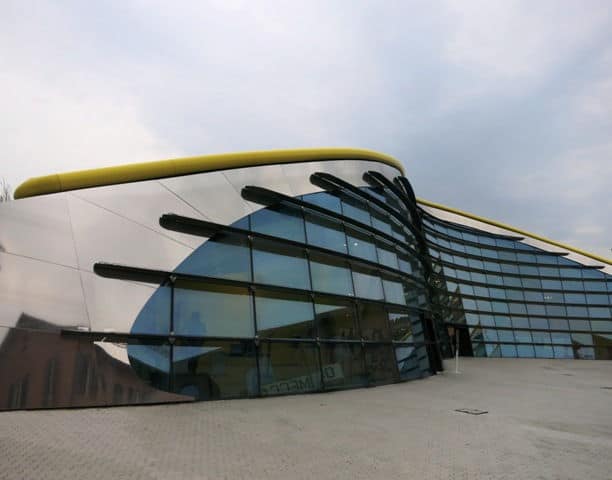
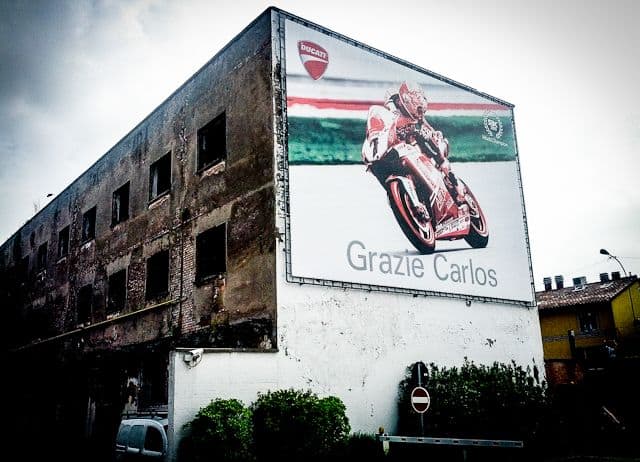
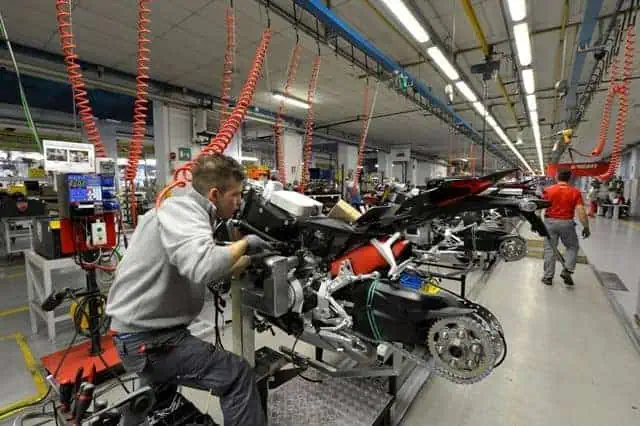
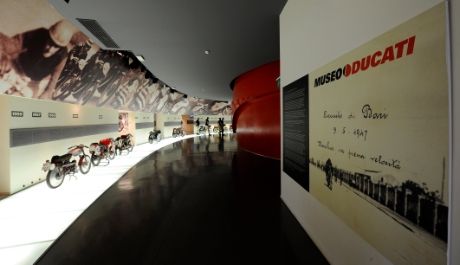
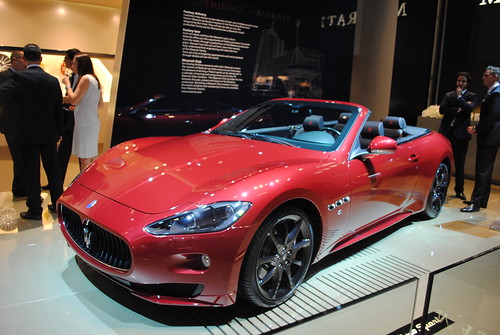


Fantastic read, the Italians certainly know how to design cars and bikes that stir the soul.
Each nation contributes to the history of automation in its own way, from it’s own needs, necessities and culture. Italians are surrounded by great art, history and passion. Their cars and bikes are a product of that heritage. Beautiful, emotive, powerful. The roads they are built to drive on are tight, twisty, sometimes medieval, through mountains and glamorous cities.
The Germans give us precision engineering, attention to detail and above all, quality. They also invented the motor car so we can’t forget them.
In the U.S. things were different, in many cases, roads and towns grew up because of the car and therefore infrastructure was built to accommodate the car, in Europe cars are/were built to accommodate the infrastructure. The U.S. is a big country with long distances between towns. Cars and bikes needed to be big and comfortable so large engines and low fuel costs led to big cruisers. The roads in the U.S. didn’t need to negotiate tight medieval buildings and town plans so there was less need to build small, agile vehicles. The Mustang and Dodge Charger are great cars and perfect for the environment they were built for. However, the rest of the world can’t really appreciate them as you do because of the roads we have. So they’re only really seen in movies, not on the roads.
Great topic and lots of fun looking around these factories. I have 3 Ducatis so I’m no stranger to the Borgio Panigale factory in Bologna.
Thanks for the article, excellent!
You forgot about Pagani! Which is arguably the best tour you can go on in that region.
You will have to tell me about it. What is special about the Pagnani tour?
Great article regarding one of the most important parts of the motoring world. The birth place of the most beautiful machines ever to grace tarmac
Thanks Matt. I am glad you enjoyed reading about Motor Valley.
This is one of my ultimate dreams to go through the Ducati MB factory. But it certainly would not stop there I would be in heaven being in a country that have all of these fantastic cars Lamborghini, Maserati but in saying that my car I LOVE is the Porsche so looks like a visit to Germany too…. wow better start saving
It was also on the bucket list for a handful of others in my factory tour group. If you go to the factory just outside of Bologna, it is the real deal. I hope you make it there some day.